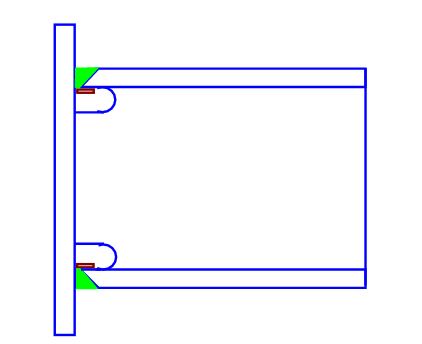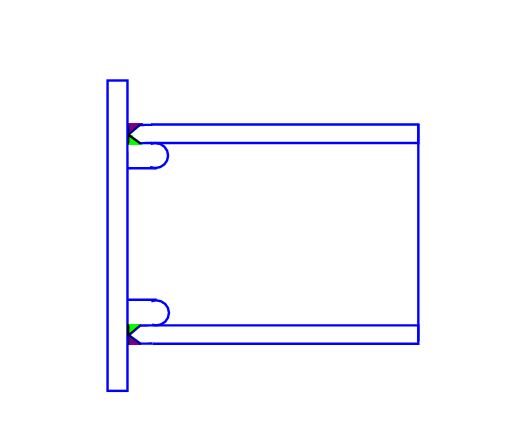Thanks for identifying in the OP this is a column being welded to a base plate.
What (and who) is driving the "grind flush" requirement?
I'm assuming (guessing) this is a steel structure.
Indoors or outdoors? If outdoors, corrosion resistance probably should require continuous welds. Caulking or other types of sealing is probably wishful thinking for a service life of more that a couple of years.
How thick is the base plate? Where are the anchor bolts located in the base plate?
What is the loading, and what are calculated or code strength requirements?
I don't have my copy of AWS D1.1 Structural Welding Code for Steel at home, but I'm thinking there may be some most useful guidance and practical details there.


